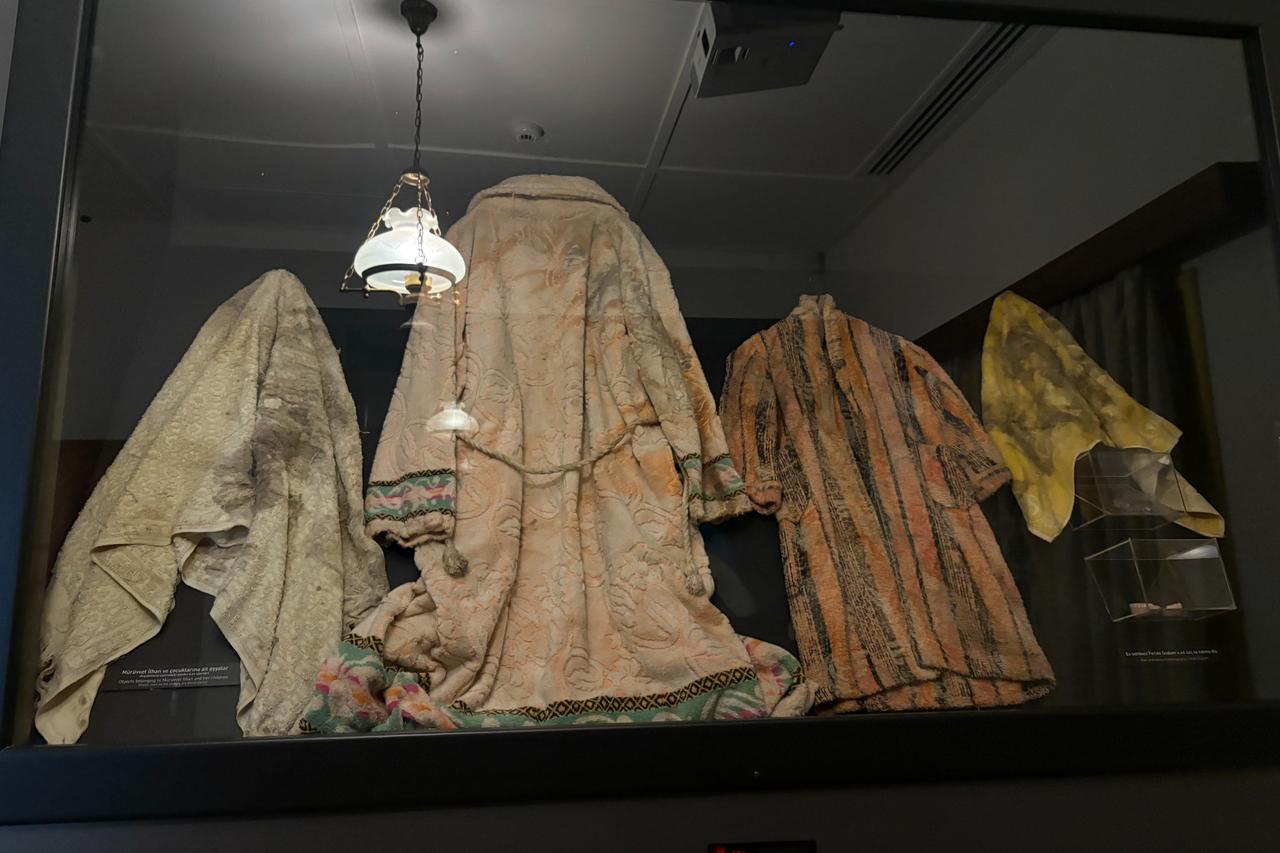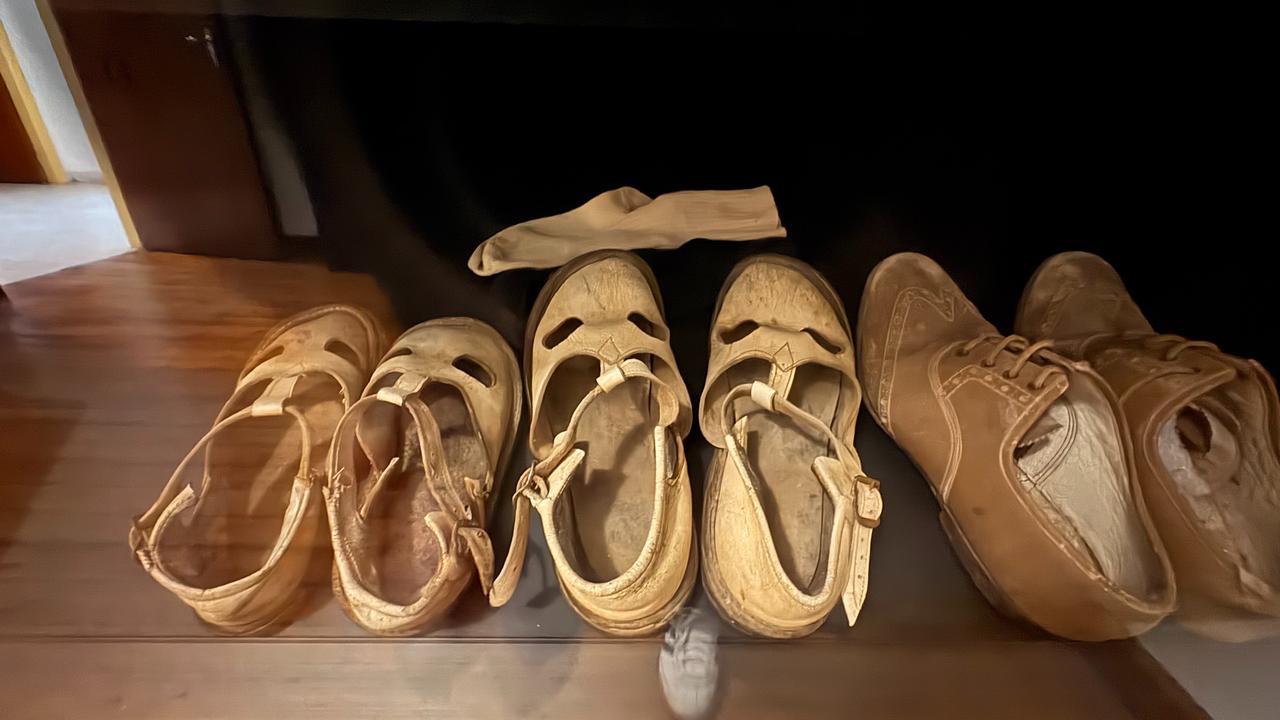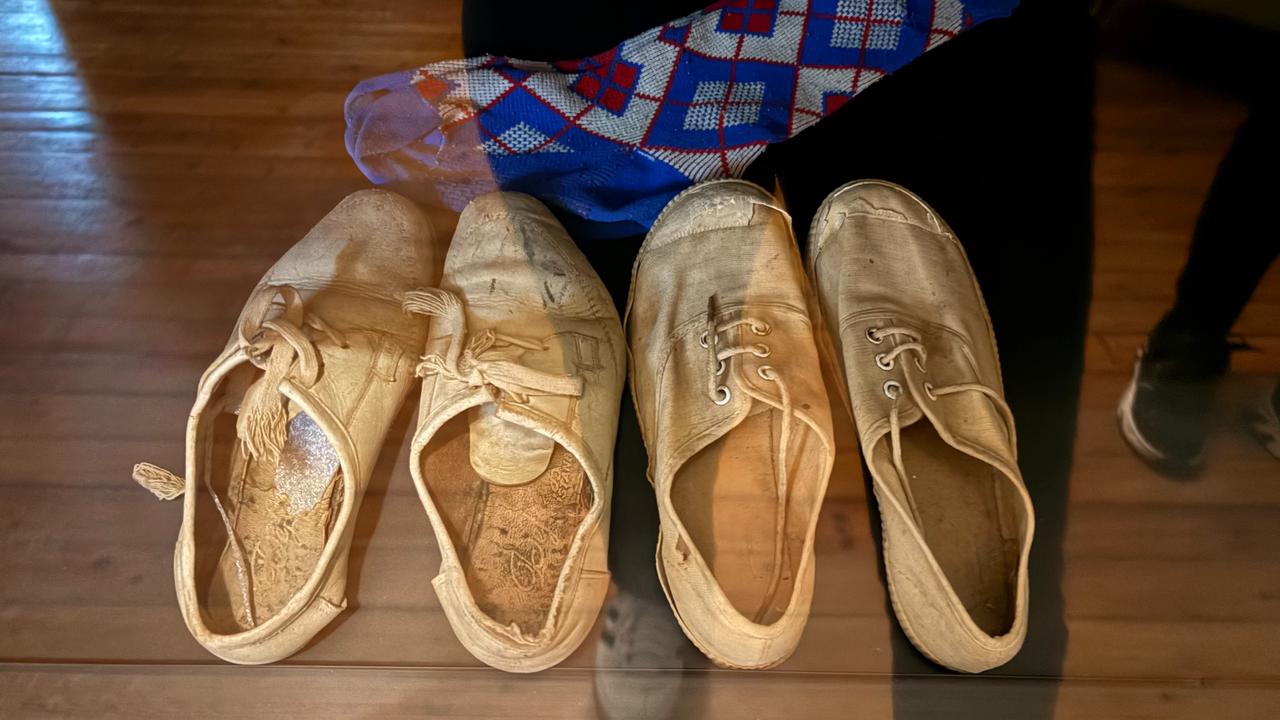
The former home of Turkish Army medical officer Major Nihat Ilhan in Nicosia (Lefkosa) has served for 62 years as the Museum of Barbarism, preserving the memory of the Dec. 24, 1963, attacks known as “Bloody Christmas.”
Restored and landscaped by the Turkish Cooperation and Coordination Agency (TIKA) three years ago, the museum receives steady interest from domestic and international visitors who come to reflect on what happened to Ilhan’s wife, Muruvvet and their children, Murat, Kutsi, and Hakan.
The attacks are associated with EOKA, a Greek Cypriot armed terrorist organization cited on the museum panels as responsible for widespread violence against Turkish Cypriots between 1963 and 1968.
Curators have set up a chronology wall, photo displays, a sound room, and a “memory pool,” alongside the family’s personal belongings.
A memorial panel lists the names of those described as martyrs from the 1963–1968 period, allowing visitors to follow the sequence of events and connect the dots between individual loss and a broader pattern of violence.
According to the guide narrative used at the site, the museum stands as a symbol of what Turkish Cypriots endured between 1963 and 1974.

Tour guide Ulviye Mehtap recounts that the single-story house, today’s museum, was where Muruvvet Ilhan, her three children and guest Feride Kudum were killed while Major Ilhan was on duty elsewhere in the city.
As gunfire intensified in the neighborhood, family friends came over to avoid leaving Muruvvet alone.
When it became clear the house might also be targeted, the group hid in separate rooms; Muruvvet and her children took shelter in the bathroom, while Feride hid beneath a nearby sink.
Attackers then stormed the house and shot into the interior spaces, turning toward the bathroom as children’s voices gave away where people were hiding.
Mehtap says the scale of the tragedy emerged at first light and that Major Ilhan was informed while still on duty.
The family members were buried in Elazig, with cypress trees planted at each grave.
The guide adds that many homes in the same neighborhood were raided that night and that more than a hundred Turkish Cypriots in their homes were killed in related incidents.
She notes the site later opened as a museum in its original form and was updated in 2022 with digital museology elements by TIKA; entry to all National Struggle museums in Cyprus is free of charge.

Coming from Bursa with her family, visitor Sultan Kargi said the experience left her at a loss for words.
She had “heard everything” before, she explained, but felt differently when reading the panels and moving through the rooms where events unfolded.
As she walked, she kept thinking about “who had passed through these spaces and whose blood had been spilled,” adding that people today often “do not appreciate what the past cost,” and that those who lived through it “went through so much for us to come this far.”